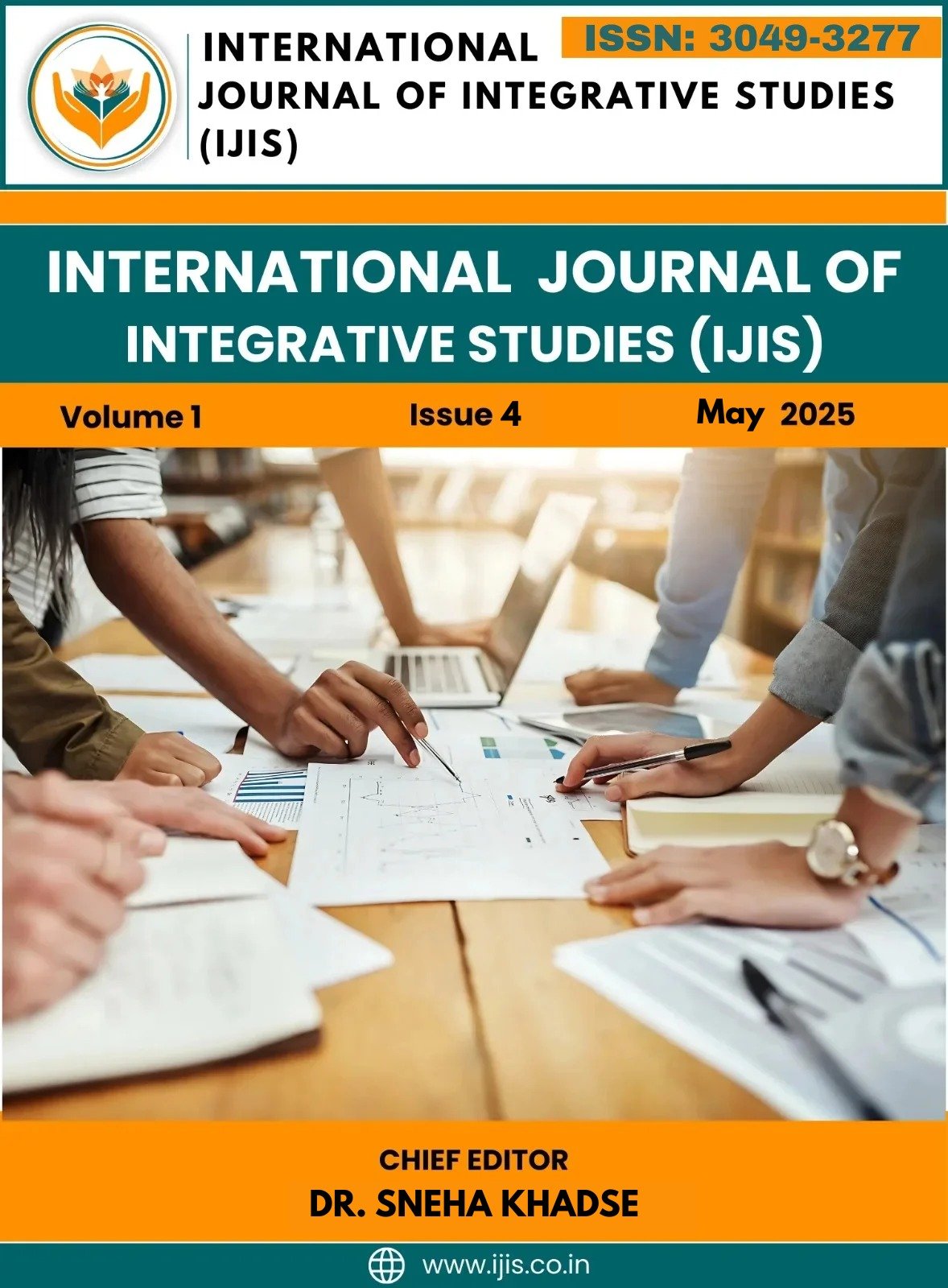Synergistic Toxicity of Airborne Pollutants and Their Effect on Rat Lung Cells
DOI:
https://doi.org/10.63856/3jer8354Keywords:
Air pollutants, Chronic exposures, Oxidative Stress, Cellular Inflammation, Toxicological ResponseAbstract
Air pollutants or particulate matter (PM), nitrogen dioxide (NO2), sulfur dioxide (SO2), and ozone (O3) have been identified to affect much on humanity especially the respiratory system. There is also an investigation on the increased or combined effect of such pollutants on the rat lung cell although the concern over the quality of air in both metropolitan and industrialized centres has been alleviated. The current manuscript is a review of synergistic toxicity of air pollutants and its effects on rat lung cells, or in other words cellular viability, oxidative stress, inflammation and cellular functioning. Additivity was determined due to the laboratory-based investigations involving human lung cell lines (e.g., A549, BEAS-2B) upon exposure to different concentrations of PM, NO2, SO2, and O3. These findings indicate that multi-pollutant exposure produced greater toxicological effect than single-pollutant exposures and that oxidative stress, inflammatory cytokine release and cell viability changes were significantly potentiated. The oxidative damage induction, the activation of the pro-inflammatory pathways, and the lung cells dysfunction are the mechanisms that stand behind these effects. The paper has raised concern on the potential health risk of colossal mixed airborne contaminants with long duration of exposure and short coming of the regulatory process in dealing with synergistic toxicity of the mixed air pollutants.
Downloads
Published
Issue
Section
License

This work is licensed under a Creative Commons Attribution-NonCommercial 4.0 International License.





